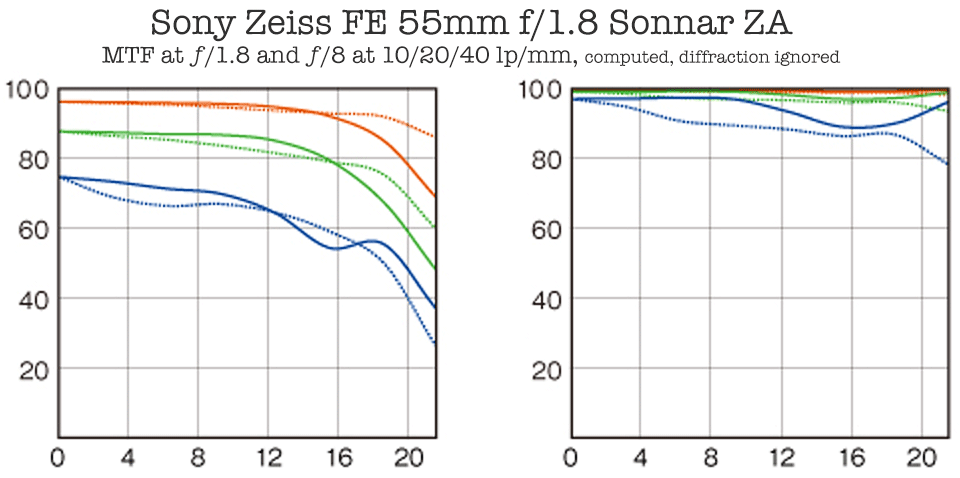Don Lacy
Senior Member
- Messages
- 2,181
- Solutions
- 1
- Reaction score
- 2,624
No actual performance, there is no spec that tells you how fast a camera re acquires focus when it loses it or how the AF works with low contrast subjects against a a similar colored BG. No mention of how the camera renders colors or a lens adds contrast when comparing similar specced cameras. Put it this way the 1DMKIII shots at 10 FPS while the 5DMKIV is at 7 so you would think that if you shooting BIF the 1D would get you more images but in the field the improved AF of the 5DMKIV will result in more keeper images then a 1DMKII. These are the things I am talking about a spec sheet only tells you half of the story.So specs did come into play for the people you quarried?
--
Don Lacy
https://500px.com/lacy
http://www.witnessnature.net/
Last edited:




